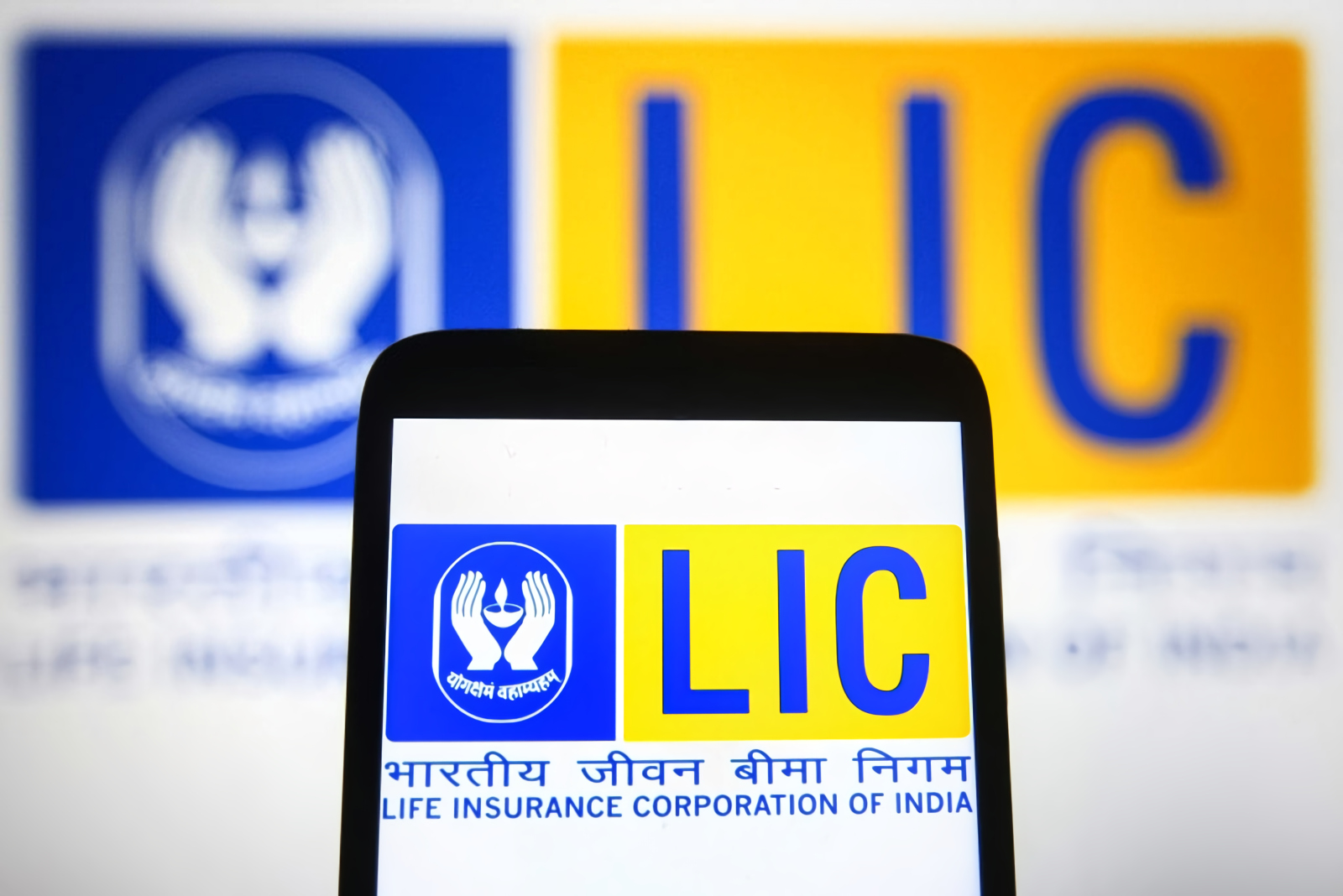Life Insurance Corporation of India (LIC) has stated intentions to develop a digital division and platform in order to compete with digital insurance platforms and recapture some of the market shares it has lost in the last two years. LIC made the statement in the midst of a lot of hype surrounding its initial public offering.

M.R. Kumar, Chairman of LIC, in a pre-IPO meeting said, “We want to have an entire vertical which will be digital. This will be apart from our plan to review and refurbish our existing online channel.”
The insurer believes that the insurance sector is transforming to become more digital in nature, with customer acquisition as well as sales being driven by smartphone apps. LIC’s market share has plummeted partly due to its agent-reliant approach, which has been completely affected by restrictions imposed during the last two pandemic years.
In terms of premium income, LIC’s market share decreased from 74 percent to 61 percent between June 2020 and January 2022. From June 2020, when it had a market share of 74.04 percent, the 55-year-old state-run insurance company has lost nearly 13 percentage points to private life insurers. This is primarily due to LIC’s dependency on agents, who found it very difficult to seek prospective customers during lockdowns during the pandemic outbreak in 2020.
Given the trust it has earned among insurance consumers throughout its decades-long existence, a dedicated digital vertical will undoubtedly provide LIC an opportunity over fresher startup rivals. However, the state-owned company must compete with tech-first operations, which are often more flexible and responsive to customer demand due to their use of data. Furthermore, digital platforms will need to be supported by digital marketing, where LIC would need to invest a lot of money to compete with startups with massive advertising budgets such as Policybazaar, Acko, Digit, among many others.
According to Kumar, the vertical will be separate from LIC’s approach to explore and modernize its existing online channel, via which it now processes barely 1 percent of all sales. Customers are going digital for all of their financial demands, which LIC has to tap into now, ahead of the IPO, he added.
LIC’s sales strategy is heavily reliant on its 1.36 million on-the-ground agents, who are believed to generate more than 90 percent of premium income, while banks including other channels provide the remaining 10 percent. According to IRDAI records, LIC’s new premium income slipped between April and December 2021, whereas private insurance companies increased their new business income by 29.8 percent.











